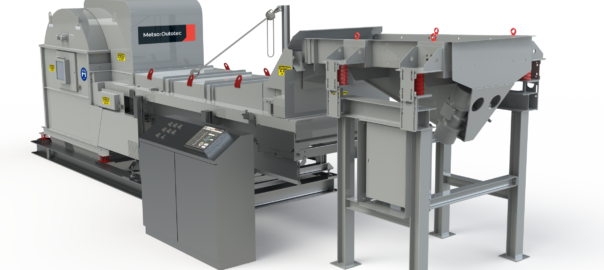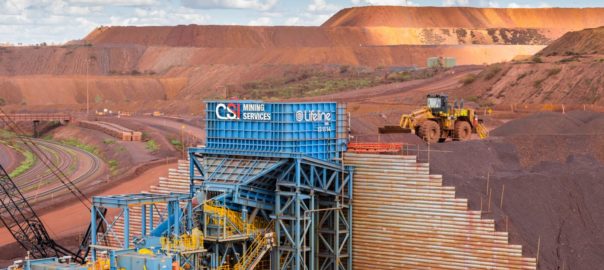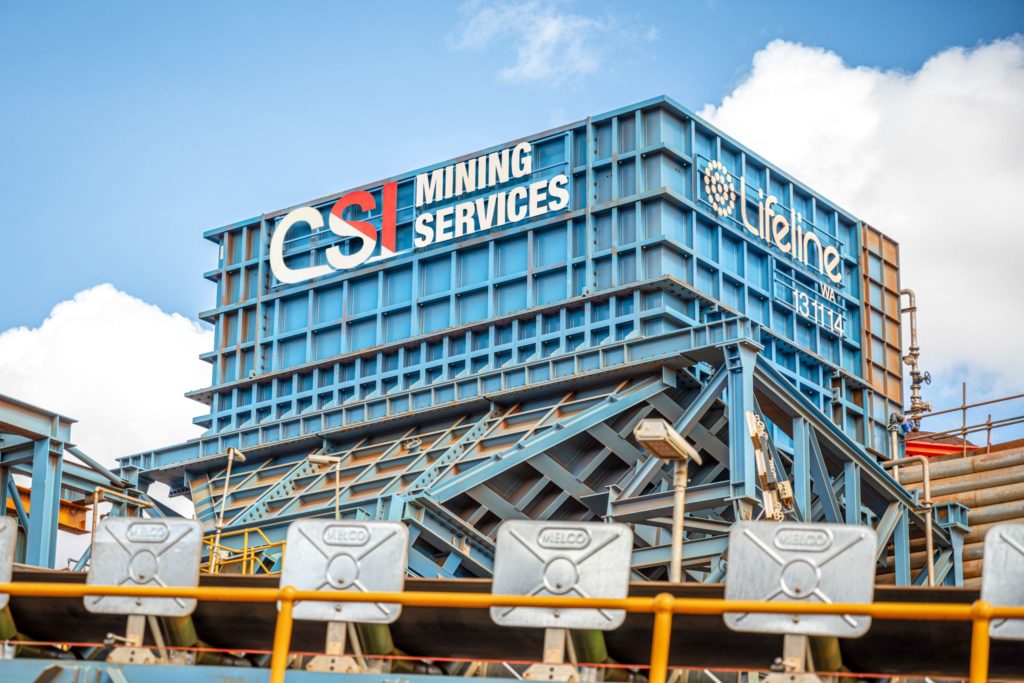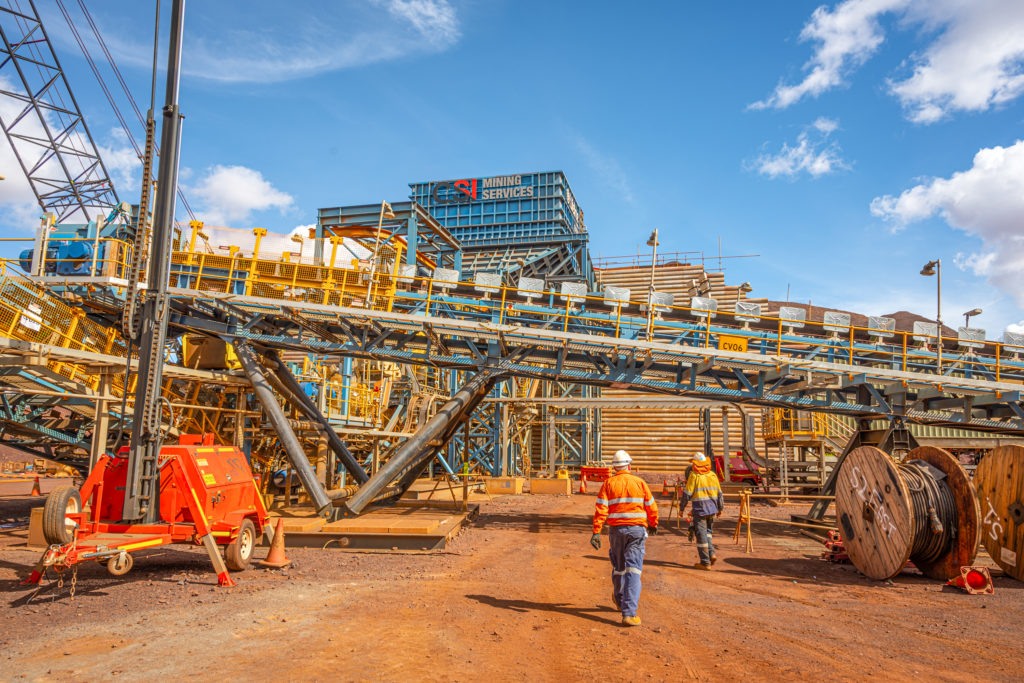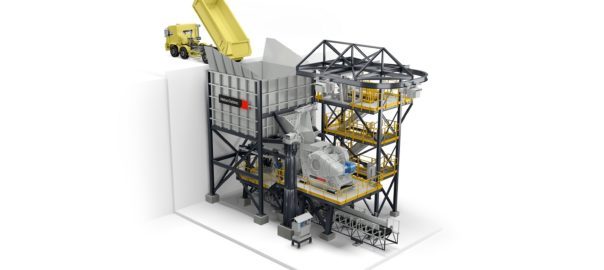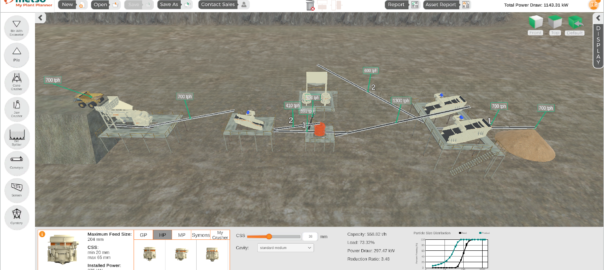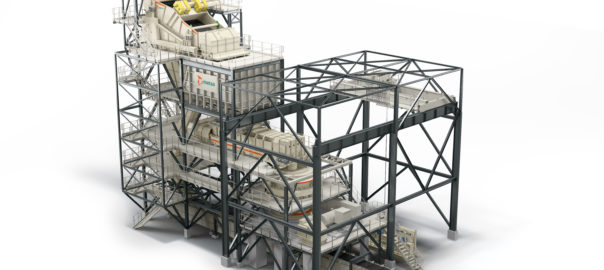Metso Outotec and TOMRA Mining have agreed to continue a non-exclusive cooperation to supply particle ore sorting solutions for the mining and metallurgical industries.
The collaboration expands Metso Outotec’s and TOMRA’s capability to offer leading-edge solutions that help increase the overall value of ore deposits by reaching new levels of energy efficiency and productivity, decreasing costs and extending the life of mining operations, the companies said.
“Separating ore from waste rock as early and as efficiently as possible is essential in minerals processing. The best result can be achieved by combining state-of-the-art crushing systems with advanced ore sorting,” Guillaume Lambert, Vice President, Crushing at Metso Outotec, said. “The combination of Metso Outotec’s crushing know-how and TOMRA’s particle ore sorting expertise is an excellent match, providing substantial benefits to our customers.”
TOMRA’s sensor-based sorting solution has proven itself in the mining sector through many major installations.
It can reduce specific energy consumption by 15%, as well as the amount of water used by three to four cubic meters per tonne of ore, according to the company. This makes it a cost-effective and sustainable solution that can benefit both mining operations and the environment.
Mathilde Robben, Key Account Manager at TOMRA Mining, said: “TOMRA, as an original equipment manufacturer, can add significant value to the process and engineering optimisation of sensor-based sorting inclusive solutions when engaging with our customers within a cooperation agreement framework.”
TOMRA Sorting Solutions and Outotec (prior to merging with Metso) struck a cooperation agreement to supply Outotec-branded sorting solutions for the mining and metallurgical industry all the way back in 2014.







